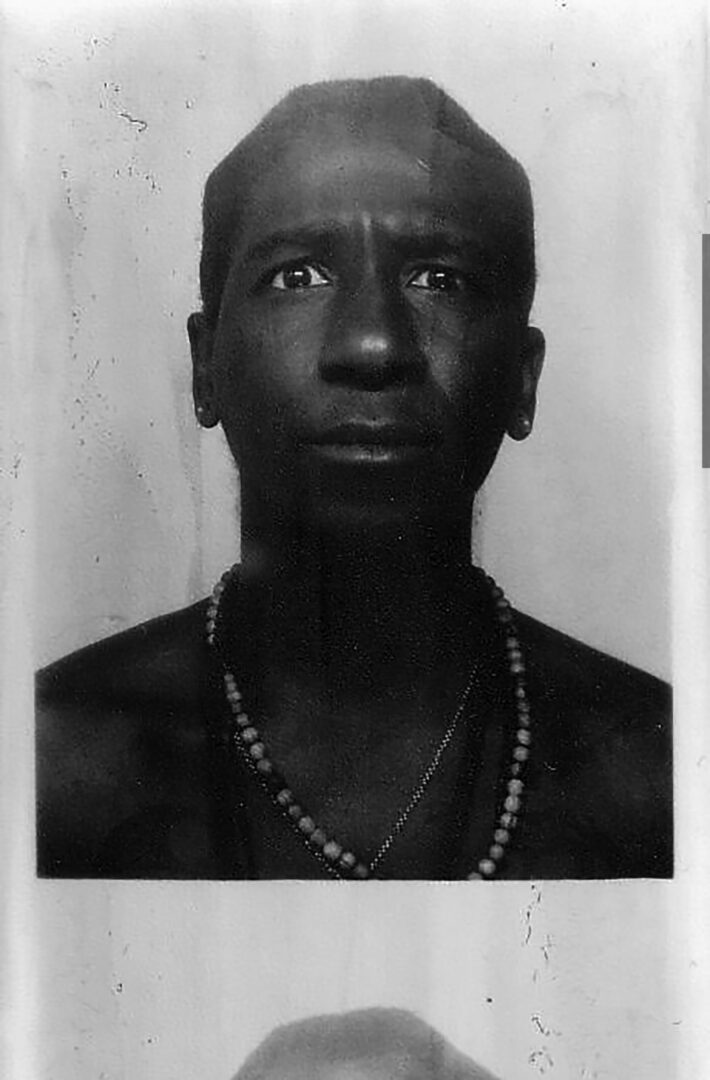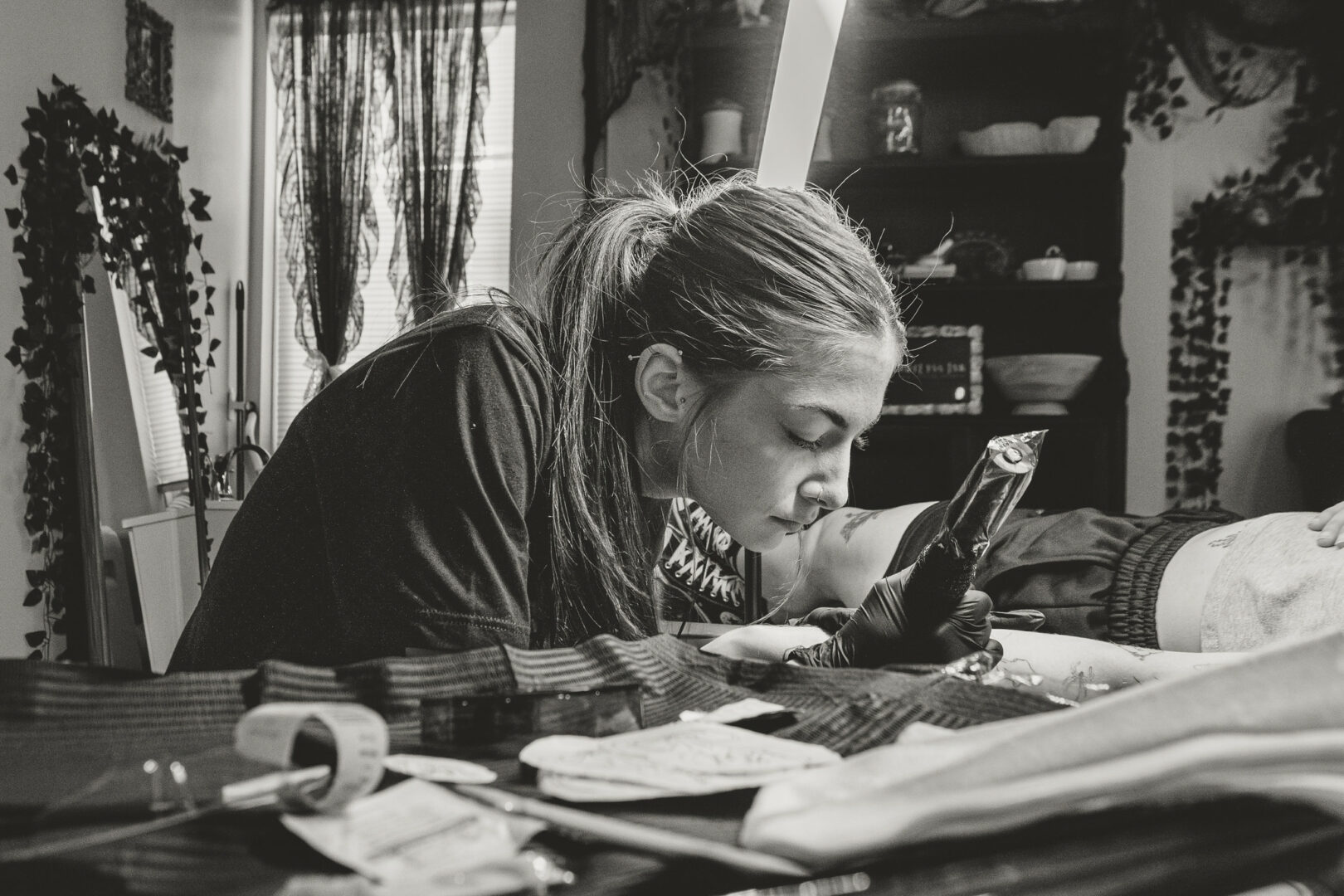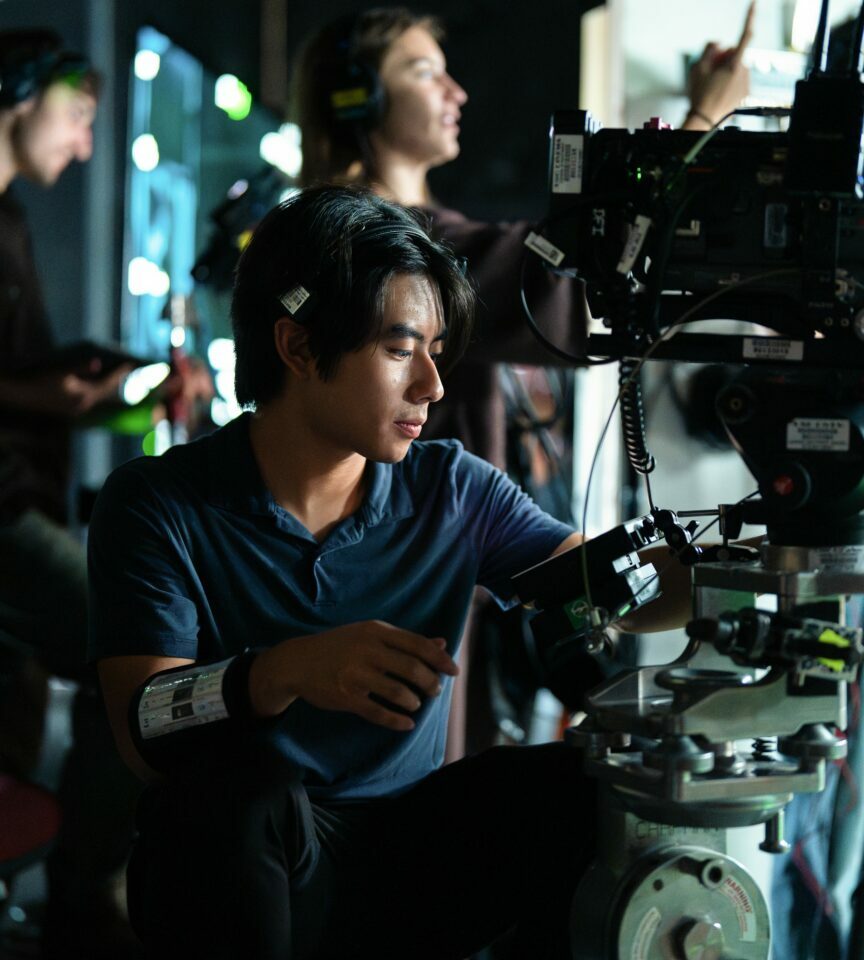We were lucky to catch up with Jonathan Sangster recently and have shared our conversation below.
Jonathan, thank you so much for joining us today. Let’s jump right into something we’re really interested in hearing about from you – being the only one in the room. So many of us find ourselves as the only woman in the room, the only immigrant or the only artist in the room, etc. Can you talk to us about how you have learned to be effective and successful in situations where you are the only one in the room like you?
Being the only one who looks like me is a reality I’ve, unfortunately, grown accustomed to. In my career in higher education, I often find myself as the sole Black person in the room—a pattern that first emerged during my undergraduate years. As I pursued my BFA, I quickly realized I was the only Black student in the art and design department, and this sense of isolation only deepened while earning my MFA.
Now, as I navigate the creative field professionally, I’ve come to accept this as the norm. I no longer expect to share this particular experience with those around me. It is a lonely and isolating reality, but rather than dwelling on it, I focus on what I do know: I have worked hard to be here, I am exceptionally skilled at what I do, and no matter the obstacles, if someone else can succeed, so can I.
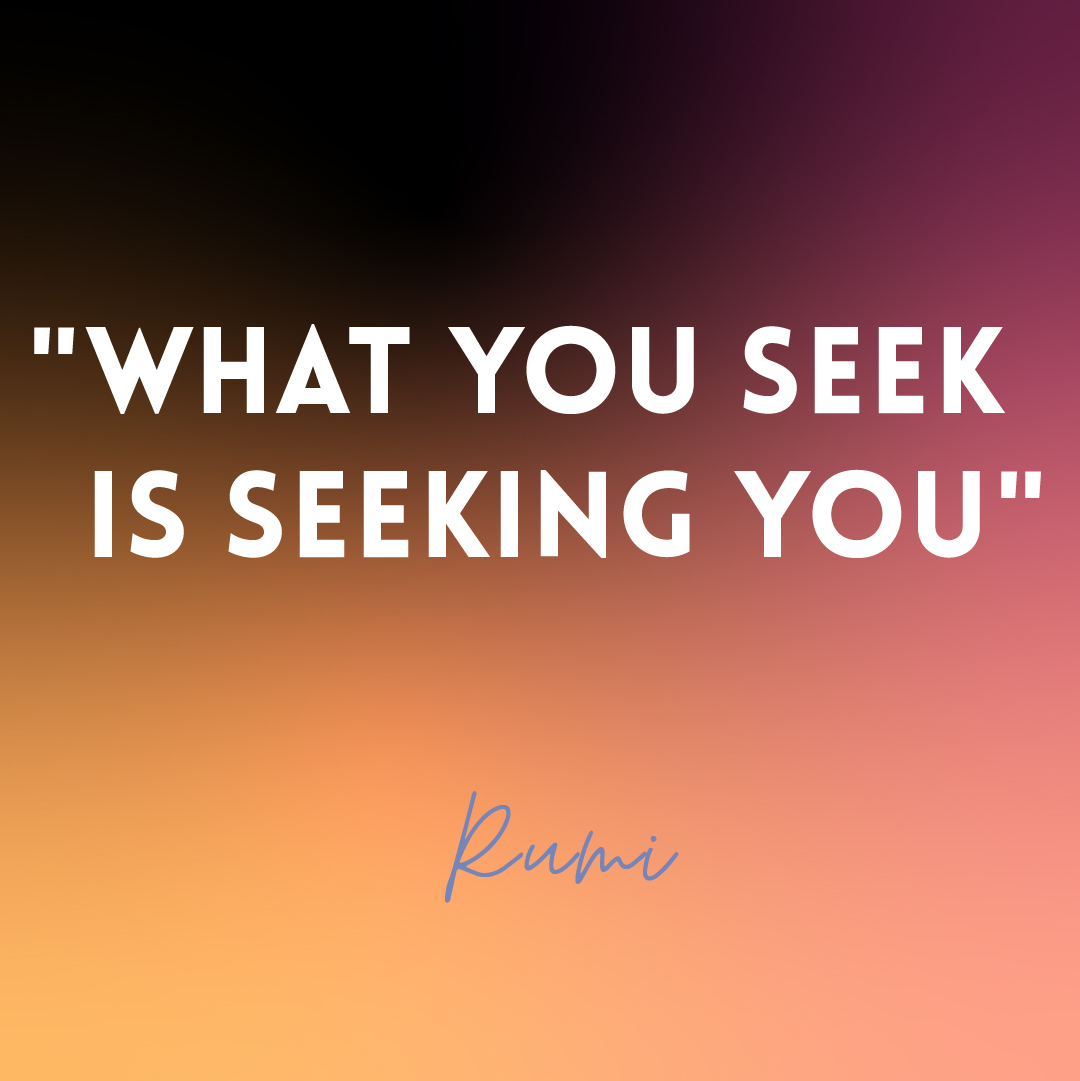

Thanks for sharing that. So, before we get any further into our conversation, can you tell our readers a bit about yourself and what you’re working on?
As an artist and designer, I’ve always been drawn to the layers beneath the surface—the hidden histories, fragmented memories, and cultural echoes that shape how we see the world. My practice is an excavation, a way of digging through time and material to construct new visual and conceptual dialogues.
Typography and screen printing have become essential tools in this process. Words carry weight, both in meaning and in form, and I love to experiment with how language can be manipulated—distorted, layered, or abstracted—to create tension between what is seen and what is understood. Through hand-rendered and digital type, I push the boundaries between legibility and obscurity, allowing text to function as both message and material.
Screen printing, with its process of layering and repetition, mirrors the way history itself is built—through accumulation, erasure, and reconstruction. I use it to disrupt surfaces, embedding archival imagery, found materials, and personal iconography into compositions that feel both familiar and obscured, like remnants of a story waiting to be pieced together. Whether working with paper, fabric, or unconventional surfaces, I see printmaking as a way to give history a tangible presence.
My work is intuitive yet research-driven, often inspired by literature, culture, and socio-political landscapes. I question dominant narratives, recontextualize symbols, and explore themes of identity, displacement, and transformation. Ultimately, my practice is about engaging with the past to disrupt the present—inviting viewers to reconsider the stories we inherit and the ways we navigate our own identities within larger cultural frameworks.
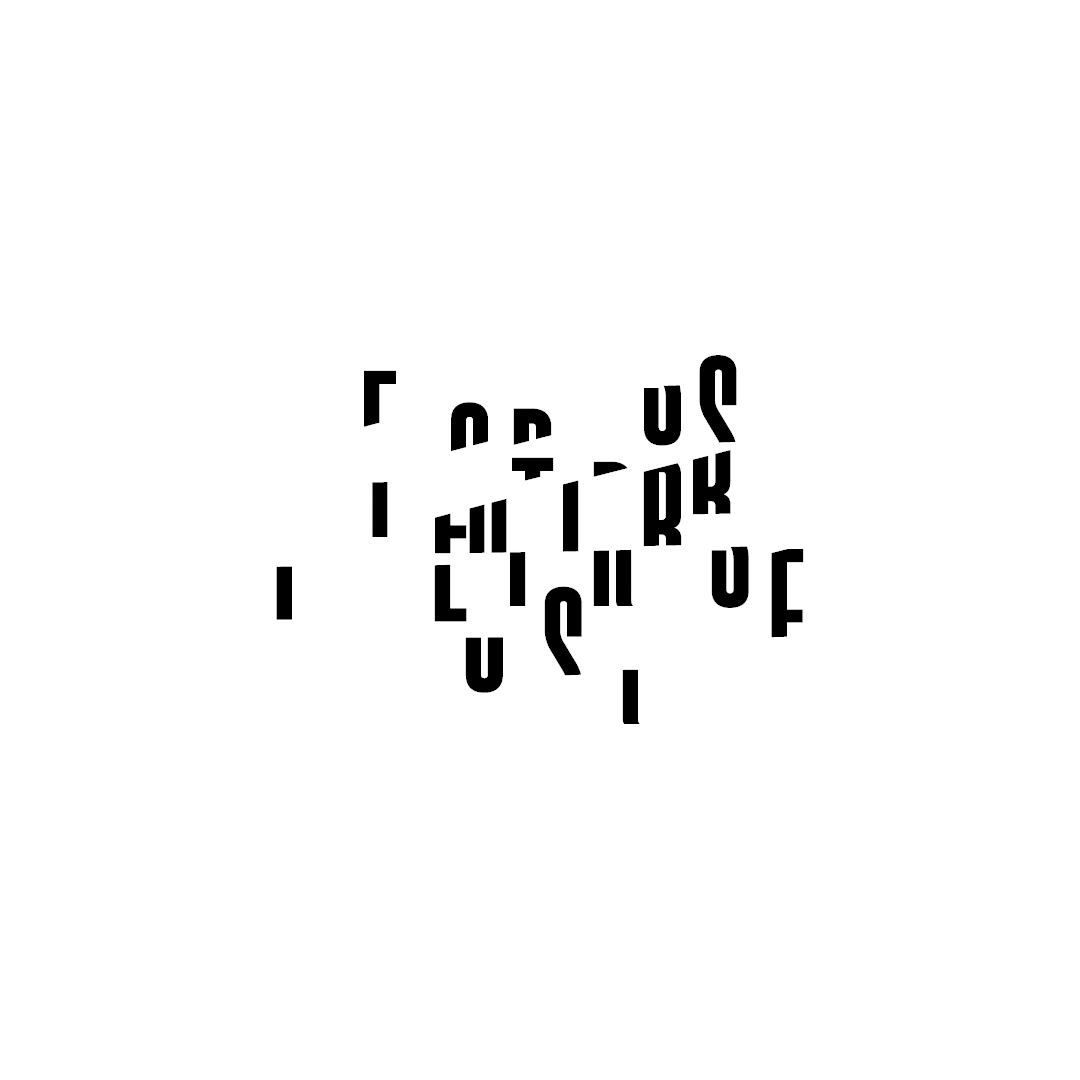

There is so much advice out there about all the different skills and qualities folks need to develop in order to succeed in today’s highly competitive environment and often it can feel overwhelming. So, if we had to break it down to just the three that matter most, which three skills or qualities would you focus on?
Curiosity, empathy, and critical thinking have been the most transformative forces in my journey, shaping how I see the world and engage with it. Reading, in particular, has been a cornerstone of my personal growth. I immerse myself in fiction to experience lives beyond my own, to understand different perspectives, and to cultivate a deeper sense of empathy. Nonfiction, on the other hand, fuels my hunger for knowledge, challenging me to expand my understanding and question the world around me.
If I could share one piece of advice, it would be this: read widely and relentlessly, and never stop asking “why.” Questioning the world leads to discovery, and discovery leads to growth. The more we seek to understand—both through books and through thoughtful inquiry—the richer our lives and thoughts become.


One of our goals is to help like-minded folks with similar goals connect and so before we go we want to ask if you are looking to partner or collab with others – and if so, what would make the ideal collaborator or partner?
I’m always seeking like-minded individuals to collaborate with—those who are driven by passion, not convention. I strive to create meaningful work with remarkable people, not to climb corporate ladders or seek approval. I’m drawn to misfits, visionaries, rebels, weirdos, magicians, pirates and dreamers—the ones who see the world differently and dare to shape it in their own way.
Contact Info:
- Website: https://jonathansangster.com/
- Instagram: jonathan_sangster
- Linkedin: https://www.linkedin.com/in/jonathansangster/
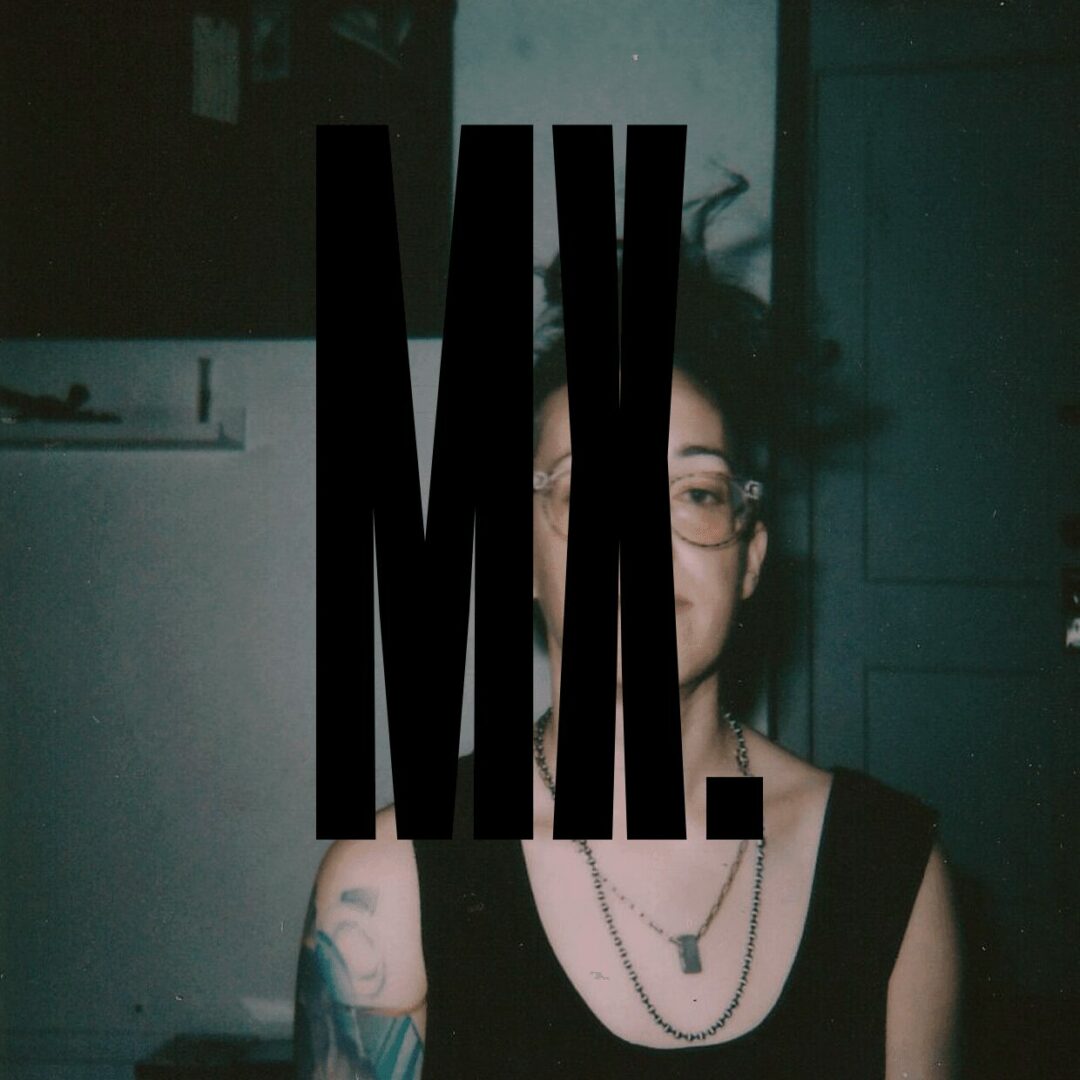
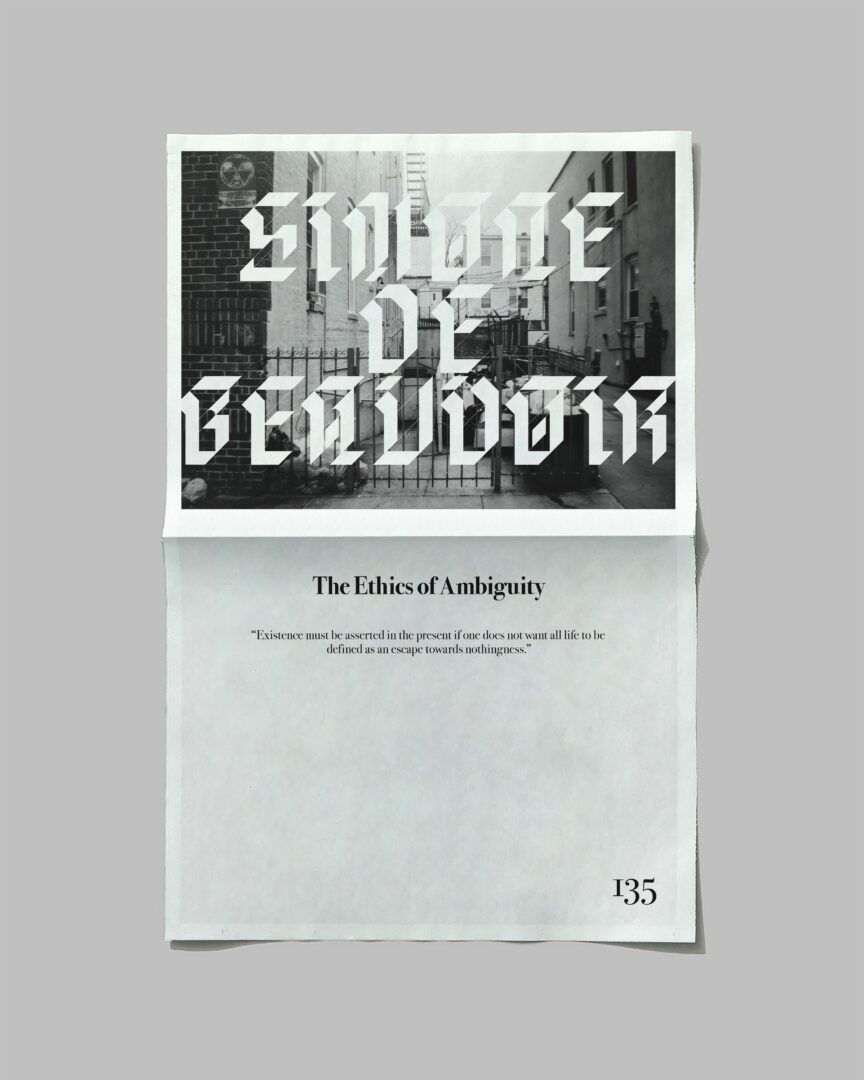
so if you or someone you know deserves recognition please let us know here.

